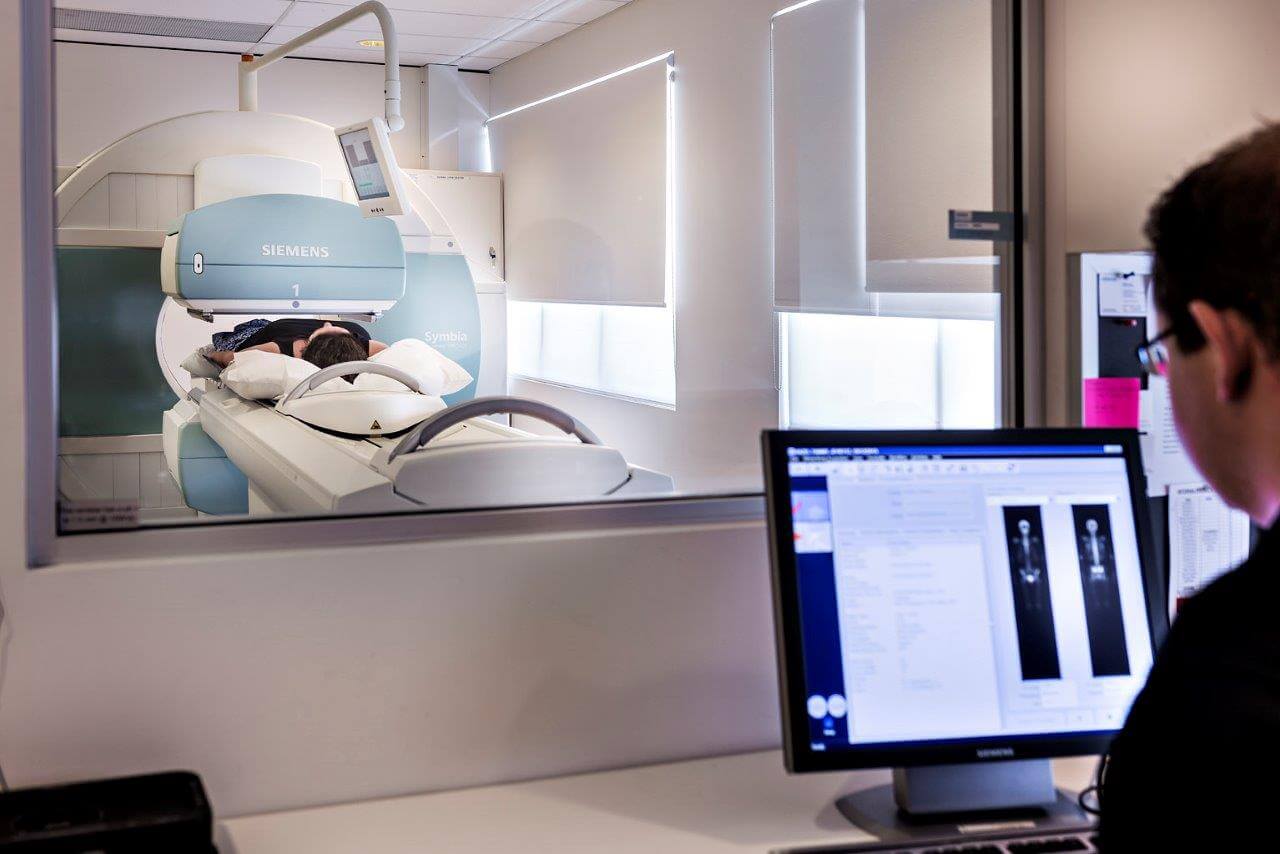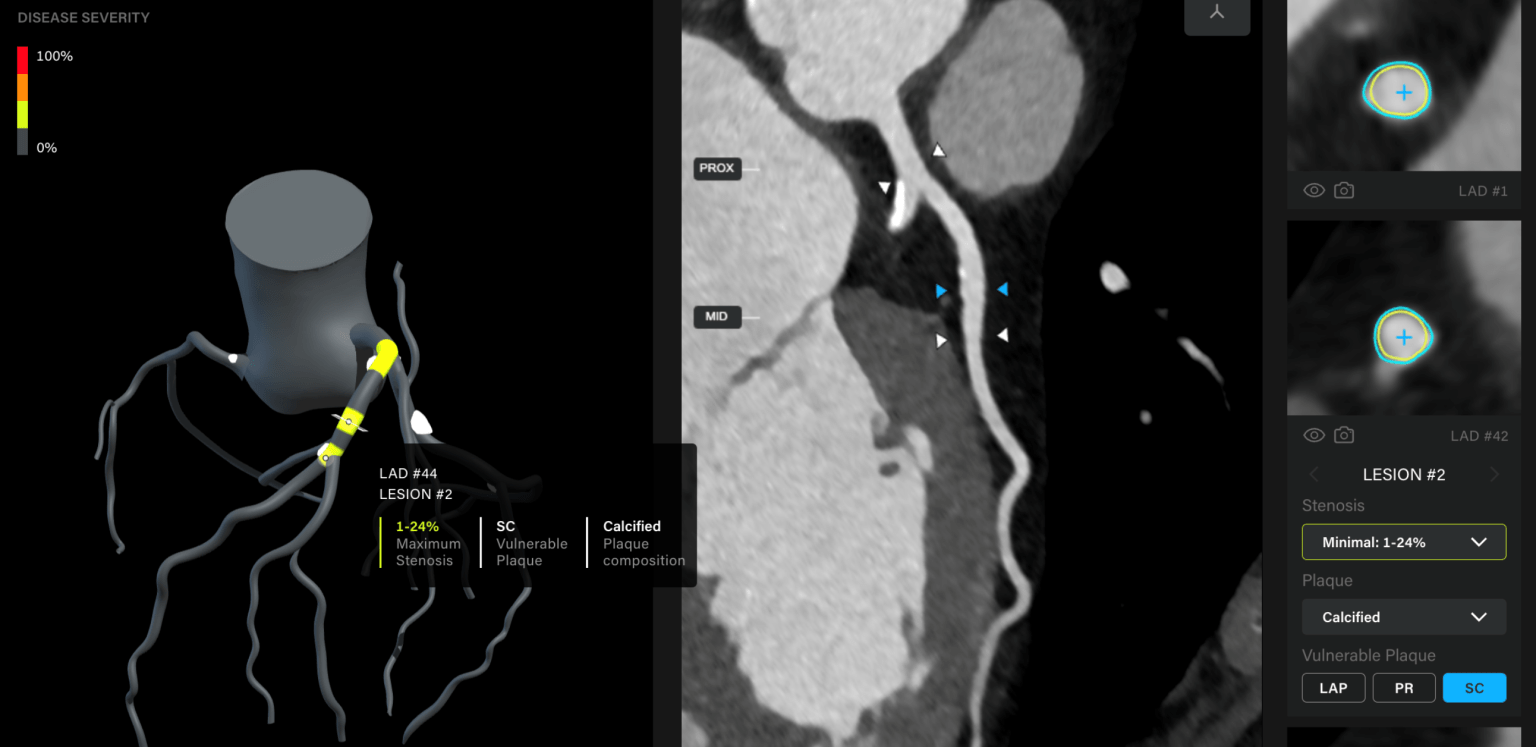Osteoarthritis of the knee is a common condition as a person ages, especially in individuals with previous injuries to the knee. Affecting over 1.5 million Australians, the disease ranges in severity from early disease causing only occasional pain and soreness, to severe disease which can create persistent joint pain and stiffness which can have a significant effect on the individual’s quality of life and physical activities.
Treatment of knee osteoarthritis (OA) symptoms is complex and in the earlier stages involves a range of options including weight reduction, lifestyle changes, medications, physiotherapy and specific muscle strengthening programs. For patients who continue to have pain despite these early treatment options, intra-articular injections may be recommended to relieve pain and/or to delay knee replacement surgery. To note – patients with advanced knee OA may need to discuss suitability for surgery with an orthopaedic surgeon.
What to inject in the Knee?
Many intra-articular injections are available for knee OA but corticosteroids, hyaluronic acid (HA) and platelet-rich plasma (PRP) are most commonly used.
Corticosteroid intra-articular injection relieves the OA symptoms quickly, especially for acute episodes but there are some contra-indications for use and also a potential for systemic side-effects. The role of corticosteroid injection for longer term relief from symptoms of knee OA is limited.
Hyaluronic acid (HA) injection has demonstrated moderate efficacy (20%) for knee OA versus placebo in terms of pain reduction and increasing the level of function. HA can reduce the need for pain medication and nonsteroidal anti-inflammatory drugs and may delay joint replacement however it is not clear whether it can protect the knee cartilage. Compared to corticosteroids, its clinical efficacy starts 1-4 weeks after injection and may remain for 6 – 12 months. Many different brands of HA are available, including Synvisc and Durolane.
Platelet Rich Plasma (PRP) is a relatively new treatment for knee OA that has been proven to significantly improve the clinical outcomes in symptomatic knee OA patients. PRP has been used in surgery and medicine for over 28 years but in the last five years there has been significant research into the use of PRP for early to moderate knee OA. PRP intra-articular injections have been proven by high level research to improve OA related pain, whilst also improving function for up to 12 months. Compared to HA injections, most of the randomized trials support a slightly greater effect of PRP in relieving OA symptoms. Clinical outcomes and patient’s ability to function were significantly better after leukocyte-poor PRP versus HA at 3 to 12 months after injection.
What is PRP?
PRP is a component of the patient’s blood that contains high concentrations of platelets which release growth factors and bioactive proteins upon injection to improve healing of tendon, ligament, muscle, and bone. The exact mechanism of how PRP improves OA symptoms are not completely known but is thought that the released growth factors and bioactive proteins induce complex processes and tissue interactions. These actions have been proven to increase anti-inflammatory and decrease pro- inflammatory chemicals which improve the joint biology leading to a reduction in OA symptoms.
Envision Medical Imaging uses the latest generation in regenerative cellular medical technology. This TGA approved system provides a leukocyte reduced, high platelet concentration PRP for injection, which has been shown by high level research to provide the best clinical outcomes. By comparison, many PRP providers are using low platelet concentration PRP which is thought to be the reason for variable patient results.
The PRP procedure is very simple. The patient has a blood sample collected similar to a regular blood test. This blood is placed into a special PRP device, is spun in a centrifuge where the platelets in the blood are concentrated into a small volume of plasma, which is then collected for injection into the patient’s knee.
PRP is not appropriate for all painful knees, and patient suitability for PRP needs to be assessed. Patients with symptomatic early to moderate OA will usually require three injections, spaced four weeks apart. The majority of patients gain good benefit from the PRP injection, with the improvement lasting up to 12 months. Annual repetition of the PRP treatment can prolong this benefit. It is important that patients understand that PRP is not a quick-fix treatment to solve all their osteoarthritis symptoms and PRP achieves best outcomes when used in combination with weight loss, structured exercise and healthy lifestyle.
The risks of side effects and complications of the PRP injections are low, as the patient is receiving an injection of a component of their own blood, within 10 minutes of the blood sample being collected. Because the platelets are from the patient’s own blood, there is very little risk of rejection or allergic reaction. The procedure is relatively painless for most patients and is performed in the clinic. Reduced activity is suggested for the remainder of that day, with a return to more vigorous activity over the next 24 hours. Strenuous activity should be avoided for at least one week after the procedure.
Envision Medical Imaging offers a comprehensive service utilising a range of care, treatment, non-surgical options. PRP is another option that we can now offer to suitable patients. For further information on knee intra-articular injection options, please discuss with the Doctor during your consultation. For further information on PRP – www.alocuro.com.au or staging.envisionmi.com.au




